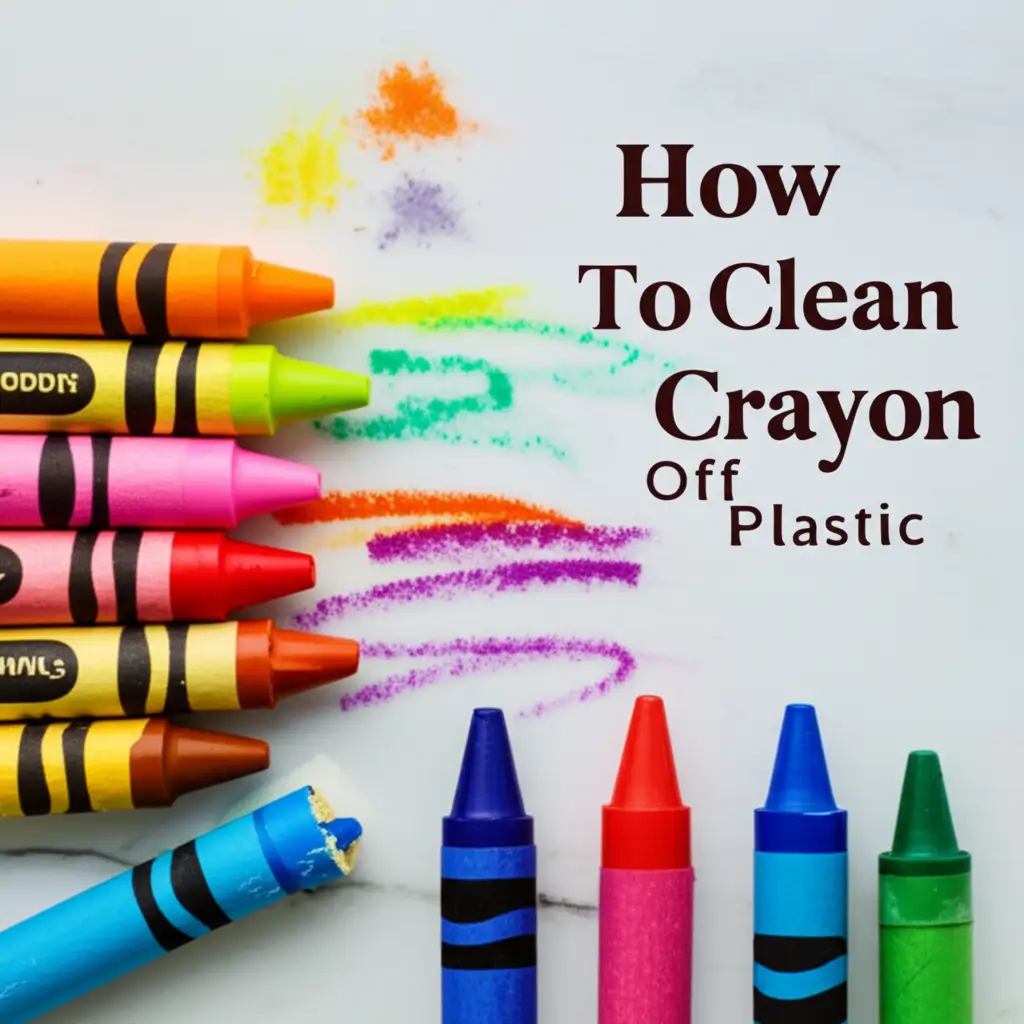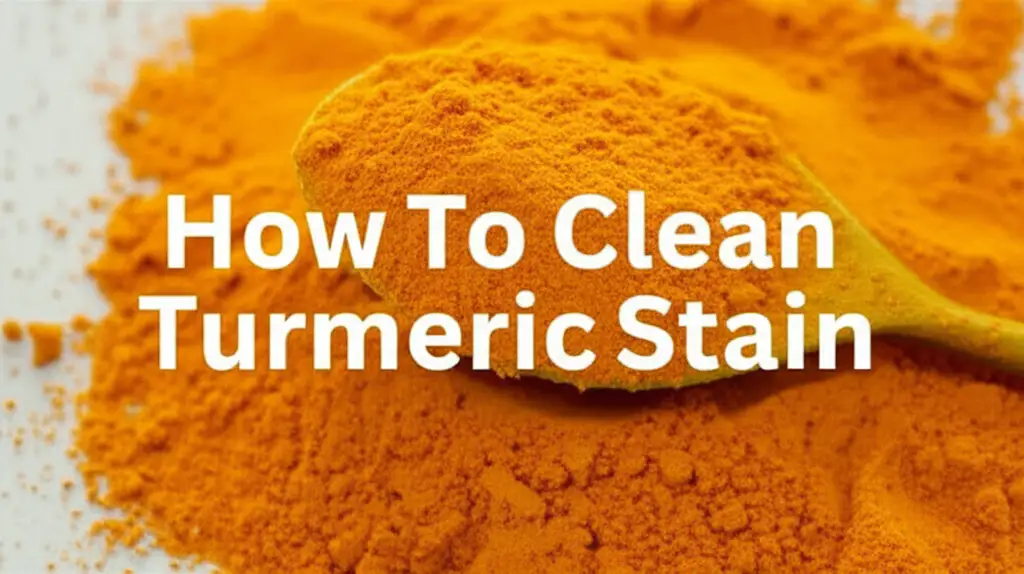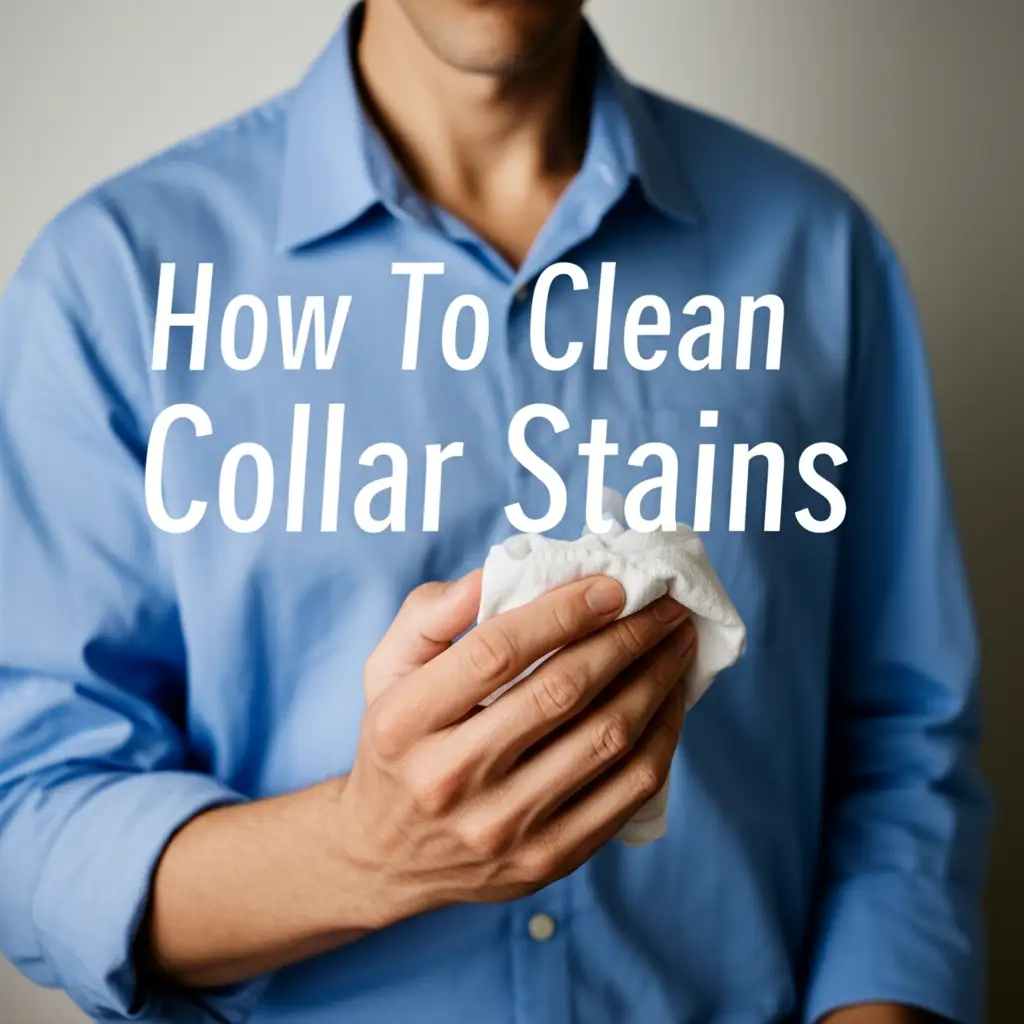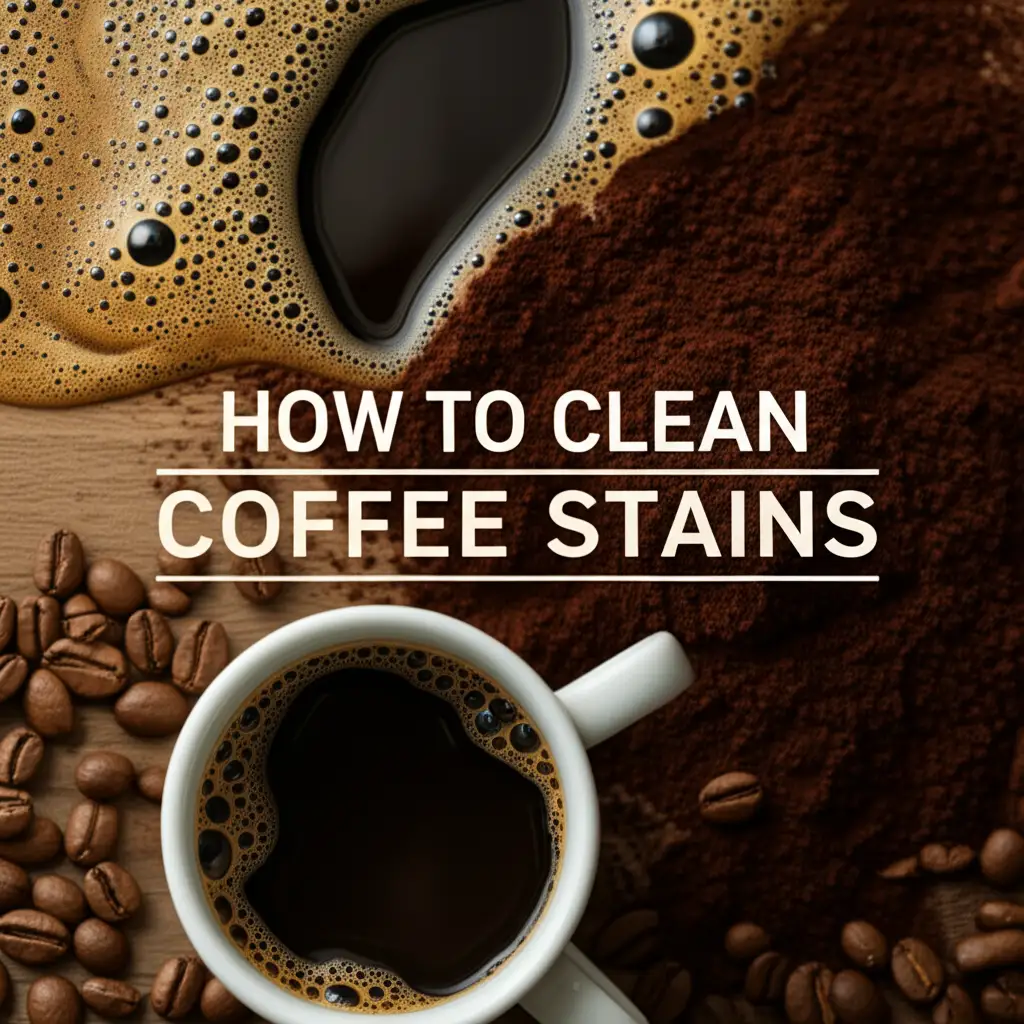· Stain Removal · 15 min read
How To Clean Tomato Sauce Stain
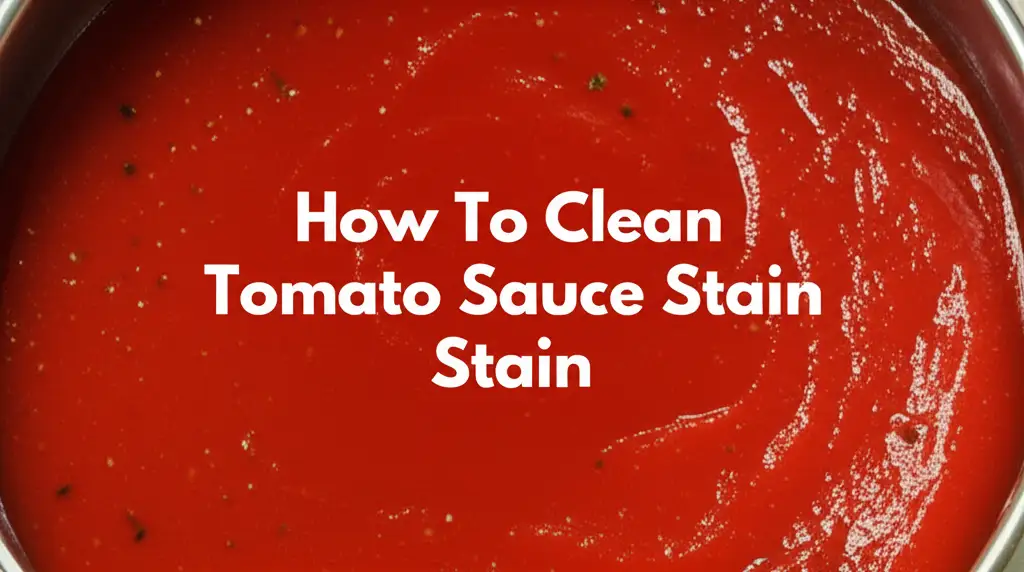
How to Clean Tomato Sauce Stains Effectively
Oh no, a splash of red! Tomato sauce stains are common kitchen mishaps. I know the frustration of seeing that vibrant red mark on your favorite shirt or a clean tablecloth. These stains often seem impossible to remove due to tomatoes’ natural pigments and oils.
But do not worry. You can remove tomato sauce stains with the right approach. This guide will show you how to clean tomato sauce stain from various surfaces. We cover immediate actions for fresh spills and powerful methods for dried-in marks. We will explore effective techniques for fabric, carpet, and hard surfaces. You will learn about common household items and specific cleaning products that work wonders. My goal is to equip you with the knowledge to tackle any tomato sauce incident confidently.
Takeaway
- Act quickly for fresh tomato sauce stains.
- Blot, do not rub, to prevent spreading.
- Pre-treat stains before washing fabrics.
- Use specific methods for different surfaces like fabric, carpet, or hard surfaces.
- Sunlight helps fade lingering red pigments.
To clean a tomato sauce stain, first remove excess sauce without rubbing. Then, flush the stain from the back with cold water. Apply a pre-treatment like liquid laundry detergent or a mixture of baking soda and water. Let it sit, then rinse and wash according to the item’s care instructions.
Immediate Action: The First Steps to Tackle a Fresh Stain
When a tomato sauce stain occurs, speed is important. The faster you act, the easier the stain will be to remove. Fresh stains have not yet bonded deeply with the material fibers. This makes them much more responsive to initial cleaning efforts.
My first step is always to gently remove any excess sauce. You can use a spoon, a dull knife, or the edge of a credit card. Carefully lift the solid bits off the surface. You must avoid spreading the stain further. Scraping ensures that you only deal with the pigment that has soaked in.
Next, you must blot the stain. Use a clean white cloth or paper towel. Gently press down on the stained area. This absorbs as much liquid as possible. Remember, blot, do not rub. Rubbing pushes the pigment deeper into the fibers. It can also spread the stain. Blotting helps pull the sauce out of the material.
After blotting, I flush the stain with cold water. For fabrics, I hold the stained area under a running cold water tap. Make sure the water hits the back of the stain. This pushes the sauce out of the fabric, rather than through it. Cold water is important because hot water can set tomato stains. The heat cooks the tomato’s proteins and pigments into the fibers, making them permanent. This initial cold water rinse is a simple but powerful step in stain removal.
Tomato Sauce Stain Removal from Fabrics
Tomato sauce stains on clothing or upholstery require careful attention. Different fabrics react differently to cleaning agents. Always check the care label of your garment or furniture. This helps you choose a safe cleaning method.
First, pre-treat the stain. For most washable fabrics, I apply liquid laundry detergent directly to the stain. You can use a clear dish soap if you do not have laundry detergent. Gently rub the soap into the stain using your fingers or a soft brush. Let it sit for about 5-10 minutes. This gives the detergent time to break down the oils and pigments in the sauce. Some people also find success with a paste of baking soda and a little water. You can apply this to the stain and let it dry.
After pre-treatment, rinse the area with cold water. Ensure the stain lifts from the fabric. If the stain remains, repeat the pre-treatment process. Sometimes, a second application helps. You can also try a small amount of white vinegar. Mix one part white vinegar with two parts water. Dab this solution onto the stain. Vinegar is a versatile cleaner, effective on many types of grime.
Finally, wash the item as usual. Use the hottest water temperature allowed by the fabric care label. Check the stain before drying. If the stain is still there, do not put the item in the dryer. The heat from the dryer will set the stain permanently. Repeat the pre-treatment and washing steps until the stain is gone. For delicate fabrics like silk or wool, consider professional cleaning or use a gentle stain remover designed for those materials.
Cleaning Tomato Sauce Stains from Carpets and Rugs
Carpets and rugs present unique challenges for tomato sauce stain removal. Their fibers can hold onto stains stubbornly. You must act fast to prevent the stain from settling deep into the carpet padding. I always start by scraping off any excess sauce gently. Use a spoon or a dull knife to lift the solid pieces. Be careful not to rub the sauce deeper into the carpet fibers.
Next, blot the area with a clean white cloth or paper towel. Press firmly to absorb as much liquid as possible. Work from the outside of the stain inward. This prevents the stain from spreading. Repeat blotting with fresh sections of your cloth until no more sauce transfers. You might be surprised how much you can lift this way.
Now, it is time for a cleaning solution. I often use a mixture of one teaspoon of dish soap with two cups of warm water. Dip a clean cloth into this solution. Blot the stained area with the soapy cloth. Continue blotting, do not rub, to transfer the stain to the cloth. Rinse your cloth frequently or use new cloths. After blotting with the soapy solution, use a fresh cloth dampened with plain cold water. Blot the area to rinse out the soap residue. Soap left in the carpet can attract more dirt.
For stubborn or dried stains, you might need a stronger approach. A mixture of equal parts white vinegar and water can be effective. Vinegar is excellent for many cleaning tasks, including stain removal. Apply the vinegar solution to a clean cloth and blot the stain. Let it sit for a few minutes before blotting again with a clean, damp cloth. Always blot dry after treatment. Place a stack of paper towels over the damp spot and weigh them down with a heavy object. This helps absorb remaining moisture.
Removing Tomato Sauce Stains from Hard Surfaces
Tomato sauce spills on hard surfaces like countertops, walls, or wood floors are often less daunting. These surfaces are non-porous or have protective sealants. This means the sauce does not absorb as deeply. Still, acting quickly is important to prevent discoloration, especially on lighter materials. I find a simple approach works best here.
For countertops, especially laminate or stone, I immediately wipe up the spill. Use a damp cloth or paper towel. Most fresh sauce will come right off. If a faint red tint remains, try a mixture of dish soap and warm water. Apply this with a soft sponge and gently scrub. Rinse with clear water and dry thoroughly. For tough spots on non-porous surfaces, a baking soda paste can help. Mix baking soda with a little water to form a paste. Apply it to the stain and let it sit for 10-15 minutes. Then, gently scrub with a soft brush or sponge and rinse.
Walls can sometimes get splashed with sauce. For painted walls, I use a damp cloth with a mild all-purpose cleaner. Gently wipe the stain. Test in an inconspicuous area first to ensure the cleaner does not remove paint. If the stain persists, a diluted vinegar solution can work. Mix one part white vinegar with one part water. Apply to a clean cloth and gently blot the stain. Then wipe with a clean, damp cloth to remove residue. Vinegar is a common and safe choice for cleaning walls.
Wood surfaces, like floors or furniture, need a gentle touch. Tomato sauce’s acidity can strip finishes if left too long. Wipe up fresh spills immediately with a damp cloth. For any lingering stain, use a wood cleaner specifically designed for your surface. If you prefer natural remedies, a diluted dish soap solution can be effective. Use a small amount on a damp cloth. Wipe the stain and immediately dry the area. Do not let water sit on wood surfaces. For very stubborn marks on finished wood, you might need a specialized wood stain remover, but these are often a last resort.
Advanced Strategies for Stubborn or Dried Tomato Stains
Dried tomato sauce stains present a greater challenge. The pigments and oils have had more time to set into the material. But do not lose hope. You still have options for removing these stubborn marks. I have found that persistence and the right products make a big difference.
For dried stains on fabrics, start by re-wetting the stain with cold water. This helps rehydrate the dried sauce. Then, apply a generous amount of liquid laundry detergent directly onto the stain. Use an old toothbrush or your fingers to gently work the detergent into the fibers. Let it sit for at least 30 minutes, or even a few hours for very old stains. The longer contact time helps break down the dried matter. After soaking, rinse thoroughly with cold water. If the stain is still there, do not wash or dry the item.
You might need stronger agents for persistent stains. Hydrogen peroxide is a mild bleach that can remove red pigments. It is safe for most white and light-colored fabrics. Always test it on an inconspicuous area first to ensure colorfastness. Apply a small amount of 3% hydrogen peroxide directly to the stain. Let it sit for 10-15 minutes. Rinse well with cold water. For colored fabrics, a non-chlorine bleach or oxygen-based cleaner can be a safer alternative. Follow the product’s instructions carefully. These cleaners work by breaking down the color molecules in the stain.
Sunlight is a natural stain remover for tomato stains. After treating and rinsing the fabric, if a faint ghost of the stain remains, hang the item in direct sunlight. The UV rays can naturally bleach out the red pigment. This method works especially well for lingering yellow or orange tints. It might take a few hours or even a full day of sun exposure. This simple trick often makes the final difference for a truly clean result.
Preventative Measures and Laundry Care Tips for Tomato Sauce
Preventing tomato sauce stains is much easier than removing them. While spills happen, there are steps you can take to minimize their impact. I always keep a few practices in mind when cooking or eating with tomato-based dishes. These simple habits save a lot of cleaning effort.
First, wear an apron when cooking. This seems obvious, but it is the simplest barrier between your clothes and the sauce. Keep kitchen towels handy for quick cleanups. A fast wipe can prevent a small splash from becoming a set stain. When serving, be mindful of where bowls and plates are placed. Keep them away from edges where they might tip.
When eating, teach children, and remind adults, to be careful. Small children often benefit from bibs or old T-shirts over their clothes. For adults, consciously using napkins and sitting upright helps. These small actions reduce the chances of a spill. If a spill happens, remember the immediate action steps. Blot, do not rub.
Proper laundry care is also key. Always check garments for stains before washing. Even small, unnoticed tomato sauce splatters can set if they go through the wash and dry cycle. Treat any discovered stains before putting the item into the washing machine. Use cold water for the initial rinse of tomato stains. Heat, from hot water or a dryer, can make these stains permanent. I never dry an item until I am certain the stain is completely gone.
Finally, consider pre-treating items that frequently come into contact with tomato sauce. For example, kitchen towels or children’s clothes. A quick pre-soak in an enzyme cleaner or even just cold water can help. This loosens potential stains. By taking these preventative steps, you can enjoy your pasta and pizza without the lingering worry of a permanent red mark.
Natural and Commercial Cleaning Agents for Tomato Stains
You have many options when choosing a cleaning agent for tomato stains. Both natural household items and commercial products can be effective. I prefer to start with natural options because they are gentler and readily available. They are also safer for your skin and the environment.
Common household items that work well include:
- Dish Soap: Liquid dish soap is excellent for breaking down the oily component of tomato sauce. I use a clear, grease-cutting formula. Apply it directly to the stain. Gently rub it in. This lifts the greasy part of the stain. It is a fantastic first line of defense for most fabrics.
- White Vinegar: Vinegar’s acidity helps break down pigments. It is safe for most fabrics and hard surfaces. Mix equal parts white vinegar and water. Blot the stain with this solution. Vinegar is a versatile cleaner, great for cleaning many surfaces.
- Baking Soda: Baking soda is a mild abrasive and odor absorber. It can help lift stains. Create a paste with baking soda and a little water. Apply it to the stain. Let it dry, then brush it off. This works well on both fabrics and hard surfaces.
- Hydrogen Peroxide (3%): This is a mild bleaching agent. Use it with caution on colored fabrics, always testing first. It is very effective for removing red pigments from white clothes. Apply a small amount and let it sit.
- Lemon Juice: Similar to vinegar, lemon juice’s acidity can help. It also has natural bleaching properties. Use it similarly to vinegar, but be aware it can lighten some fabrics.
For tougher stains, commercial cleaning agents often provide more power:
- Enzyme Cleaners: These cleaners contain enzymes that break down protein-based stains, including those in tomato sauce. They are great for dried or set stains. Apply according to product directions, often requiring a soaking period.
- Stain Removers (Pre-Treaters): Many laundry brands offer specific stain remover sprays or gels. They are formulated to penetrate and lift various stains. Follow the instructions on the bottle.
- Oxygen Bleach (e.g., OxiClean): This is a non-chlorine bleach that is generally safe for colored fabrics. Mix it with water to create a soaking solution or paste. It works by releasing oxygen to break down stain molecules.
- Rubbing Alcohol: For specific surfaces like plastic or some hard non-porous items, rubbing alcohol can dissolve certain components of the stain. Test it first.
Always read product labels and fabric care tags. Choose the appropriate cleaner for the surface and stain type. A combination of agents might be necessary for very stubborn marks. Start with the mildest option and increase strength as needed.
FAQ Section
Q1: Can I use hot water to clean a tomato sauce stain?
No, you should not use hot water on tomato sauce stains. Hot water can set the proteins and pigments in the sauce. This makes the stain much harder, often impossible, to remove. Always use cold water for the initial rinsing and treatment of tomato sauce stains. This helps prevent the stain from bonding with the fabric fibers.
Q2: How do I remove a dried tomato sauce stain from clothes?
To remove a dried tomato sauce stain, first re-wet the area with cold water. Apply a liquid laundry detergent or an enzyme-based stain remover directly to the stain. Let it soak for several hours, or even overnight, to break down the dried sauce. Scrub gently with a brush, rinse, and then launder as usual. You might need to repeat the process.
Q3: Is baking soda effective for tomato sauce stains?
Yes, baking soda can be effective for tomato sauce stains. You can make a paste with baking soda and a small amount of water. Apply this paste directly to the stain and let it sit for 10-15 minutes or until dry. The baking soda helps absorb the oils and lift the pigment. Then, brush it off and proceed with your regular cleaning method.
Q4: Can I use white vinegar on colored fabrics for tomato stains?
White vinegar is generally safe for most colored fabrics, but it is always wise to perform a patch test first. Mix equal parts white vinegar and water. Apply this diluted solution to an inconspicuous area of the fabric. Wait a few minutes to ensure no discoloration occurs before treating the main stain.
Q5: What if a faint red stain remains after washing?
If a faint red or orange tint remains after washing, do not put the item in the dryer. Hang the garment in direct sunlight. The ultraviolet rays from the sun act as a natural bleach and can often fade the remaining pigment. This is a common and effective trick for the lingering traces of tomato stains.
Q6: Can tomato sauce stains be removed from upholstery?
Yes, tomato sauce stains can be removed from upholstery. Immediately blot excess sauce. Apply a solution of mild dish soap and water to a clean cloth and blot the stain. Rinse by blotting with a clean, damp cloth. Avoid saturating the fabric. For stubborn marks, consider a specialized upholstery cleaner or professional help.
Conclusion
Tackling a tomato sauce stain can feel like a formidable challenge. But with the right knowledge and tools, you can restore your belongings. I have shared numerous effective strategies, from immediate action on fresh spills to advanced techniques for dried-in marks. The key lies in understanding the stain and choosing the correct method for the surface. Remember to act quickly, blot, and avoid rubbing.
Whether you rely on common household heroes like dish soap, vinegar, and baking soda, or opt for powerful commercial enzyme cleaners, success is within reach. Always prioritize fabric care instructions and test cleaning solutions in an inconspicuous area. Do not forget the power of sunlight for those stubborn lingering pigments. By following these practical steps, you can confidently clean tomato sauce stain. Embrace these tips to keep your clothes, carpets, and surfaces looking their best, no matter how saucy life gets. For more cleaning solutions and tips, explore our other guides on BeACleaner.com!
- tomato sauce stain
- stain removal
- cleaning clothes
- home cleaning tips
- natural stain removers

